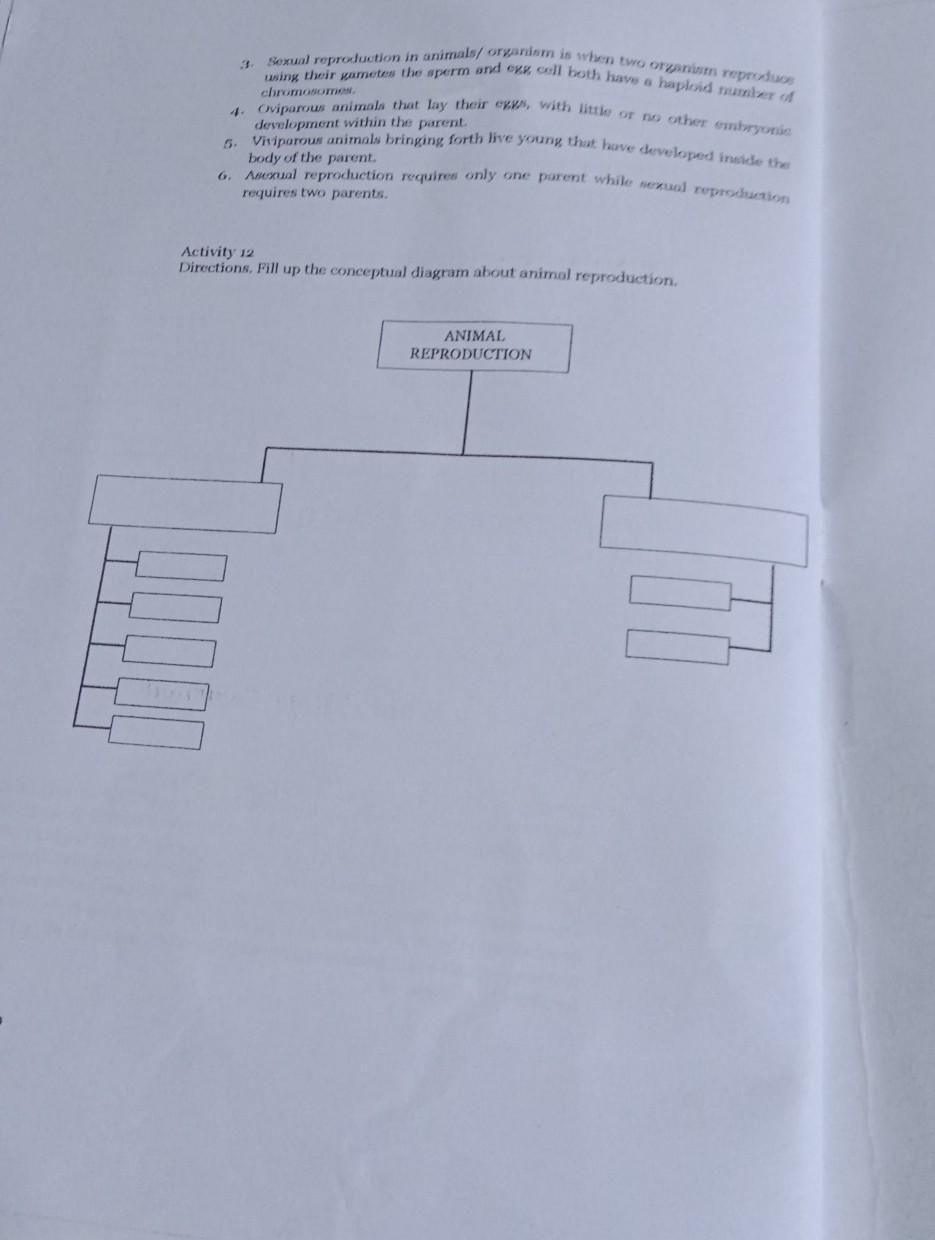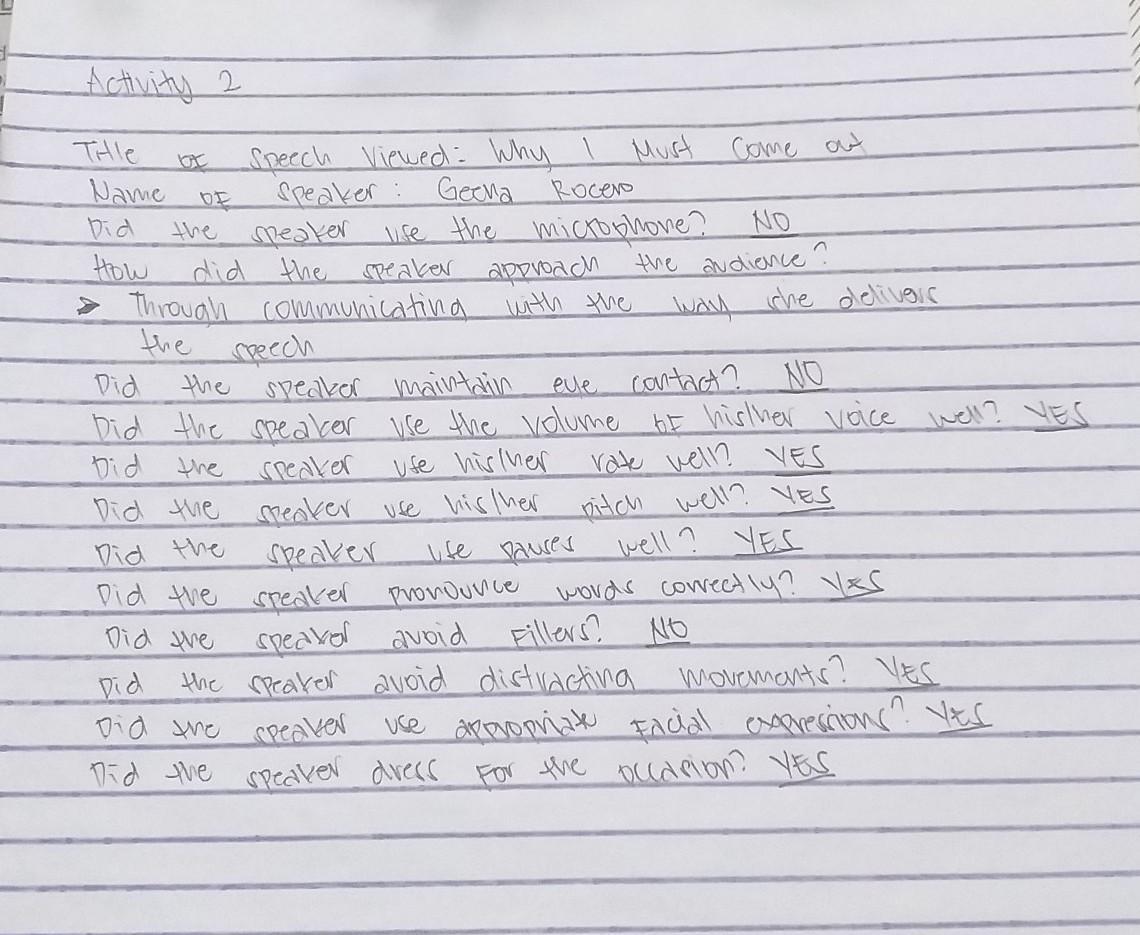Answer:
The __________ is drawn such that it forms a 90-degree angle with the
boundary between the two media at the point where the light ray refracts.
6) A __________ lens is only able to produce a virtual type of image.
7) If an object is placed 15 cm in front of a convex lens whose focal length is +5
cm, a real image is formed ___ cm away from the vertex.
8) An incident ray travelling parallel to the principal axis towards a concave lens
will be refracted such that it will align with the _________ on the object side.
9) The point 2F is located at a distance that is twice that of the ____________.
10) In ray diagramming, we assume that the light ray bends only once even if in
real life it bends two times in lenses. This assumption is called the
_____________ approximation.
11) The phenomenon of refraction involves two ____________ media.
12) A _________ ray is an incident ray that passes through or aligns with the
focus that gets refracted in such a way that it travels parallel to the principal
axis.
13) Images that are formed on the object side of a lens set-up are ______ in
type.
14) According to the thin lens equation, if the focal length is -6 cm and the image
distance is -2 cm, the object distance should be ____ cm.
15) A vertical line that equally divides a lens into two halves is called the
sagutan mo muna, switch tol


